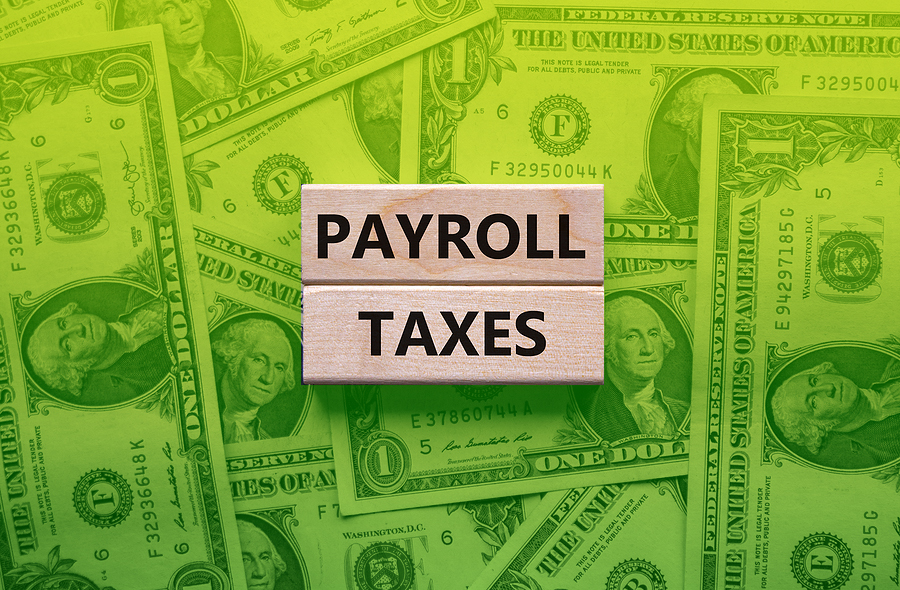 Over the last two weeks we have outlined a strategy to intentionally fail the test for material participation, for purposes of converting non-passive income to passive income. Why might we want to do that? The first and most obvious reason is to save self-employment tax. A second reason you might want to do that is to create passive losses.
Over the last two weeks we have outlined a strategy to intentionally fail the test for material participation, for purposes of converting non-passive income to passive income. Why might we want to do that? The first and most obvious reason is to save self-employment tax. A second reason you might want to do that is to create passive losses.
When determining tax liability on passive income, the first step is to combine any passive losses with passive income. When you do that, your overall passive income either is positive or negative. If your overall passive income is positive, then your passive losses will reduce your overall tax liability?
However, if your passive income is negative, the tax law says that those losses remain suspended until either a) the taxpayer generates passive income or b) the taxpayer has a complete disposal of that activity.
With at in mind, prior and current suspended passive losses can be valuable to your clients. A good example of that is real estate. A landlord who owns a few rental properties might hire a few college students to work on the business. In a down year, such as 2020, additional labor costs could lead to an overall loss on all real estate.
In the event of an overall loss, your client the landlord may not be able to immediately reduce his tax liability. All real estate activity is a passive activity. Real estate remains a passive activity, even if the landlord can prove material participation.
So unless he has additional passive income, that loss will remain suspended until the landlord either generates passive income or has a complete disposal. That’s where this recharacterization comes in. Work through your client list to identify clients who have a suspended, passive loss, or who have prior suspended, passive losses, but also have non-passive income.
Your clients need to have non-passive income that they can control. That control is critical. If I work for a restaurant and I get my W2 from that restaurant, I don’t have control. I can’t recharacterize; I pay full price on that earned income.
On the other hand, if I own the restaurant, now I have control. I might benefit from having a passive income stream through the restaurant business. Perhaps I decide to put some video games in the lobby of my restaurant. Customers can play while they wait for a table.
The revenue from those video games doesn’t have to go into the top of that tax calculation funnel. Instead, we can recharacterize and take it out altogether by netting it with those suspended passive losses. We reduce the amount of overall taxable income and save tax in the end.
The steps are simple. First, identify the proper activity. Second, ensure your client does not materially participate. Third, recharacterize and save tax dollars.
The other option is to dispose of the passive activity, which is a viable strategy when you have a large amount of deductions waiting to be used. If you’re curious to learn more about the tradeoffs between recharacterizing a passive loss and disposing of the passive activity, consider becoming a Certified Tax Planner!





